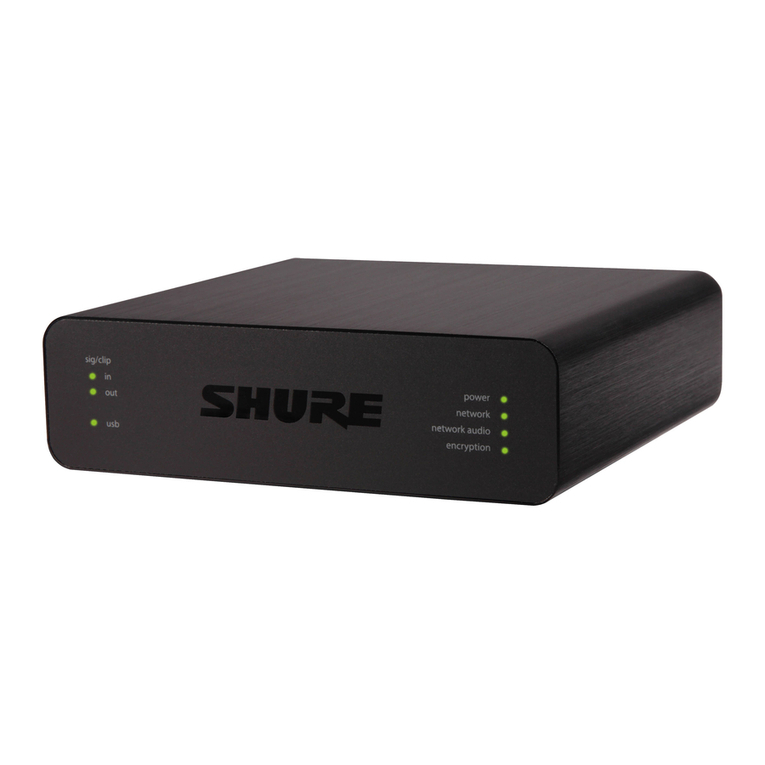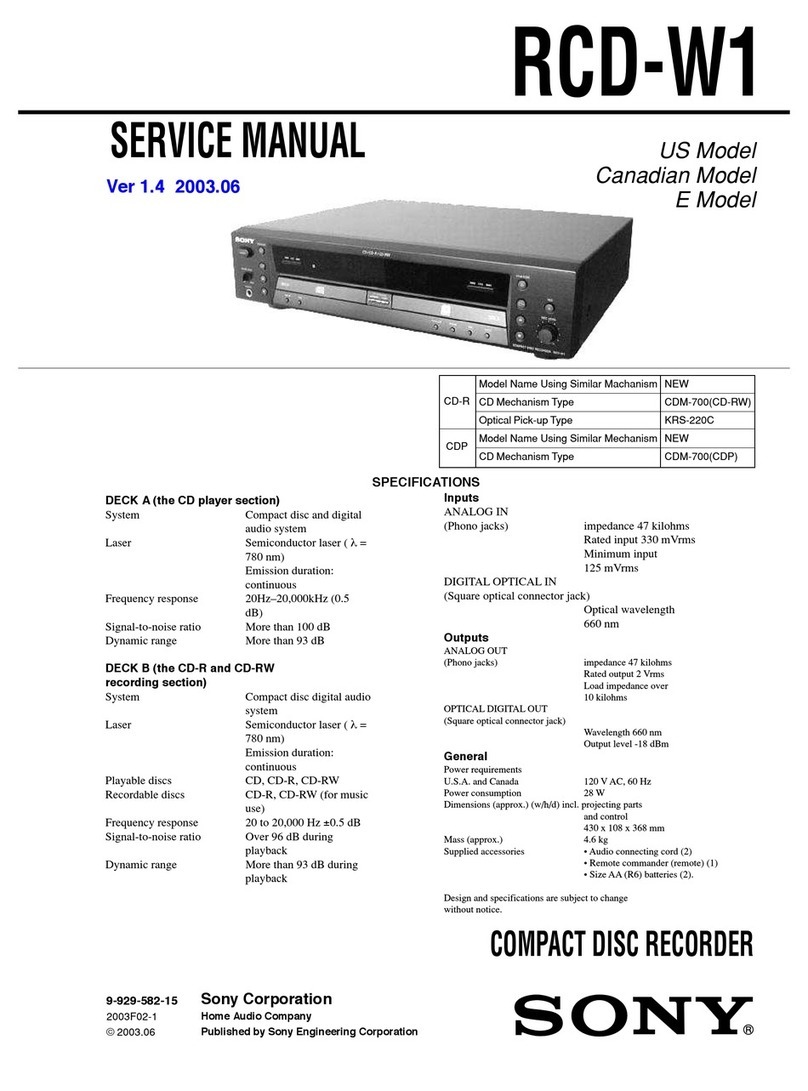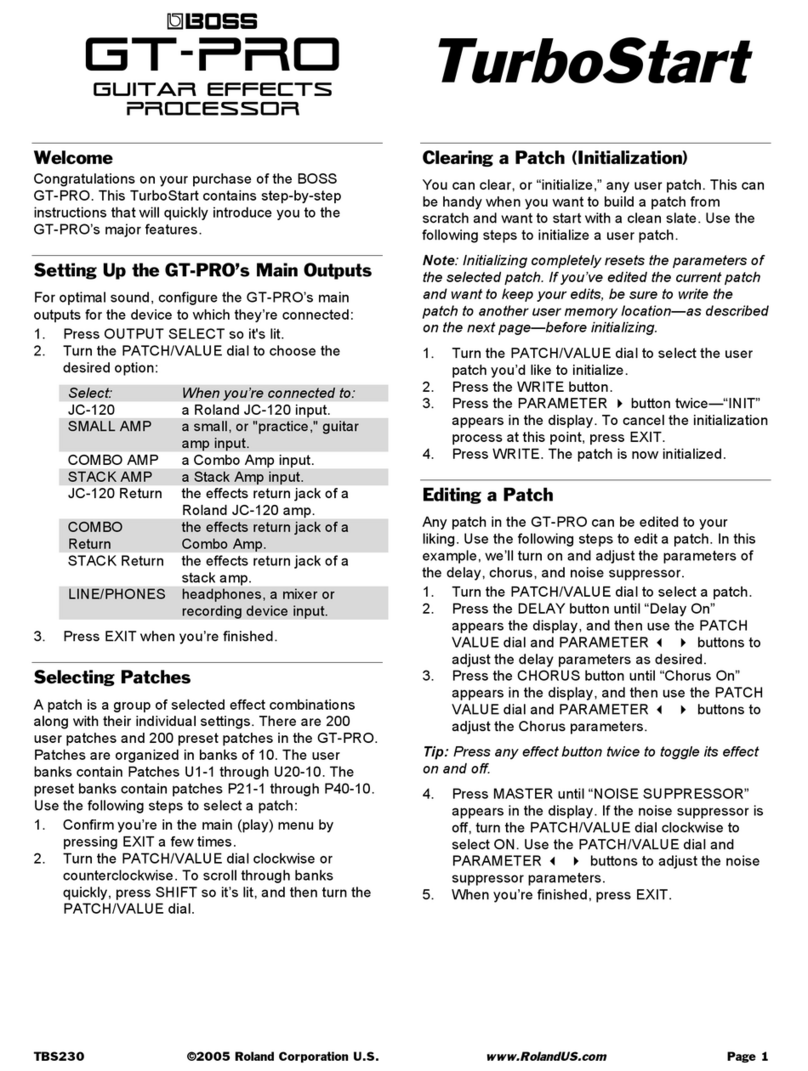Ampex 400 Series User manual
Other Ampex Recording Equipment manuals
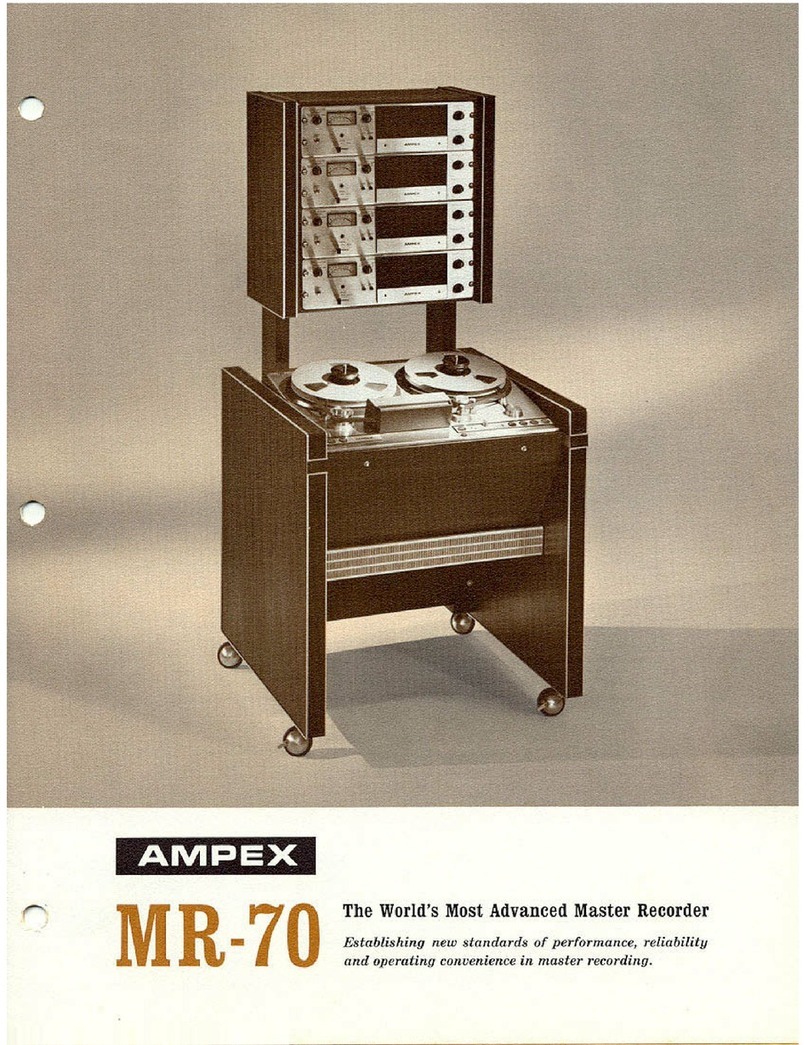
Ampex
Ampex MR-70 User manual

Ampex
Ampex 300 Owner's manual
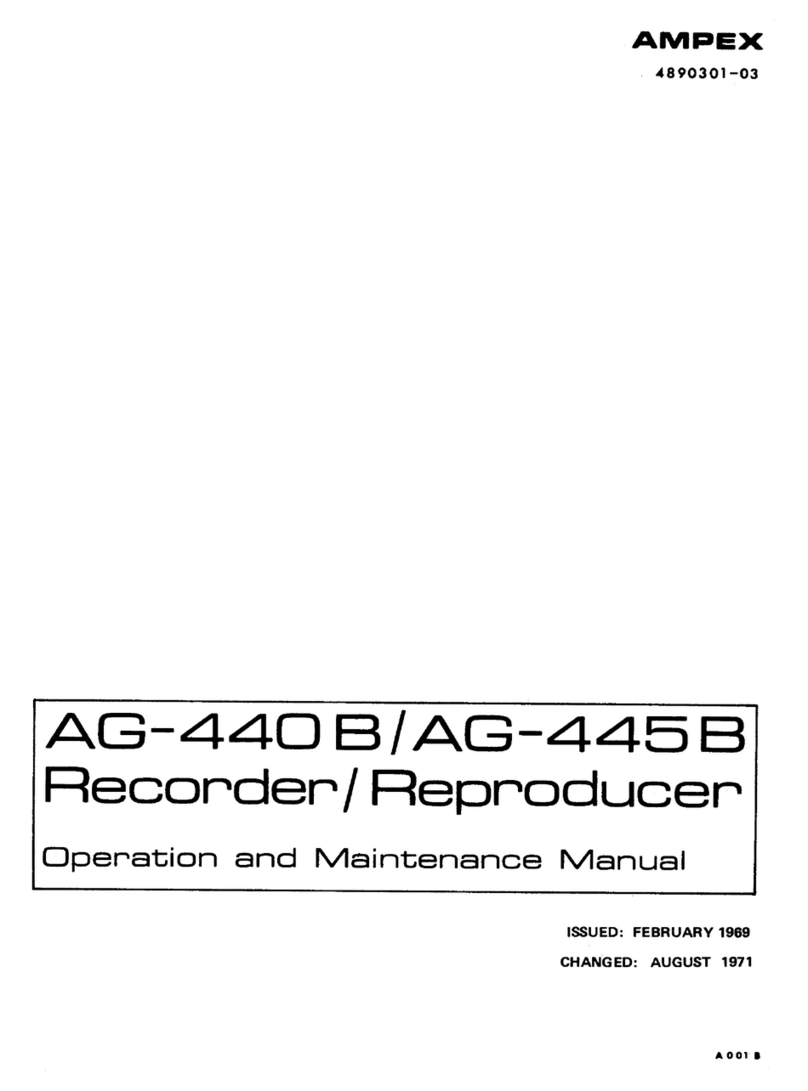
Ampex
Ampex AG-440 B User manual

Ampex
Ampex ATR-700 Installation guide
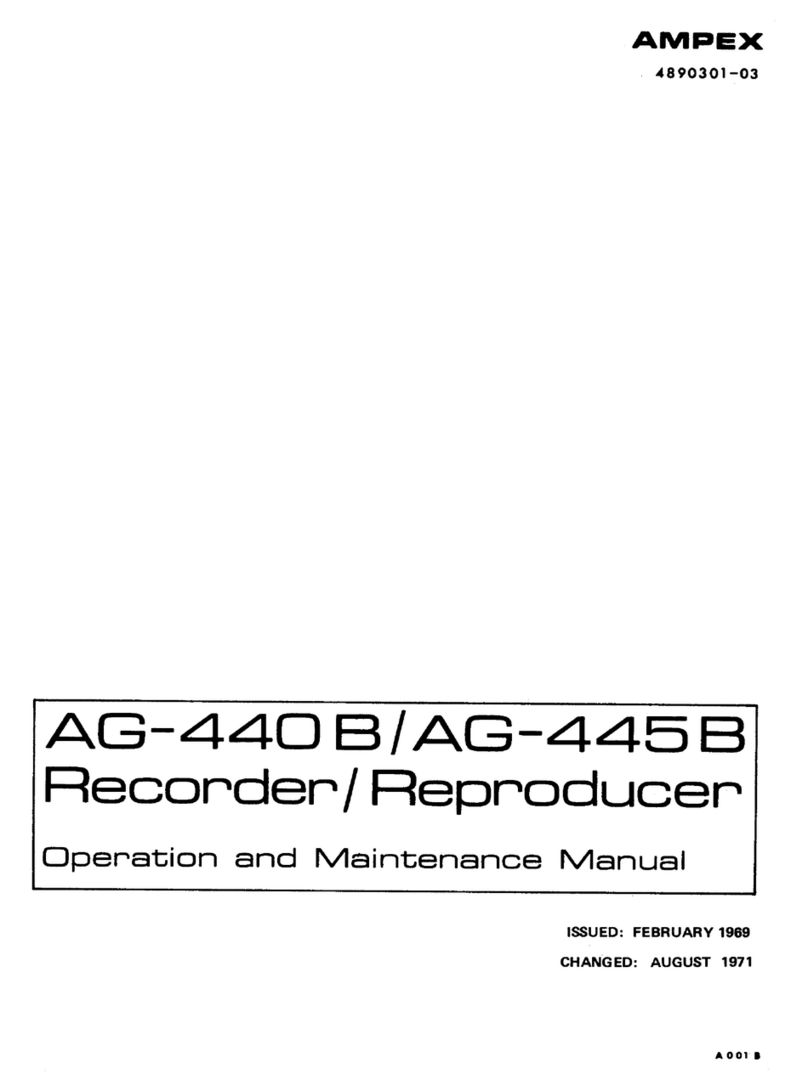
Ampex
Ampex AG-440 B User manual
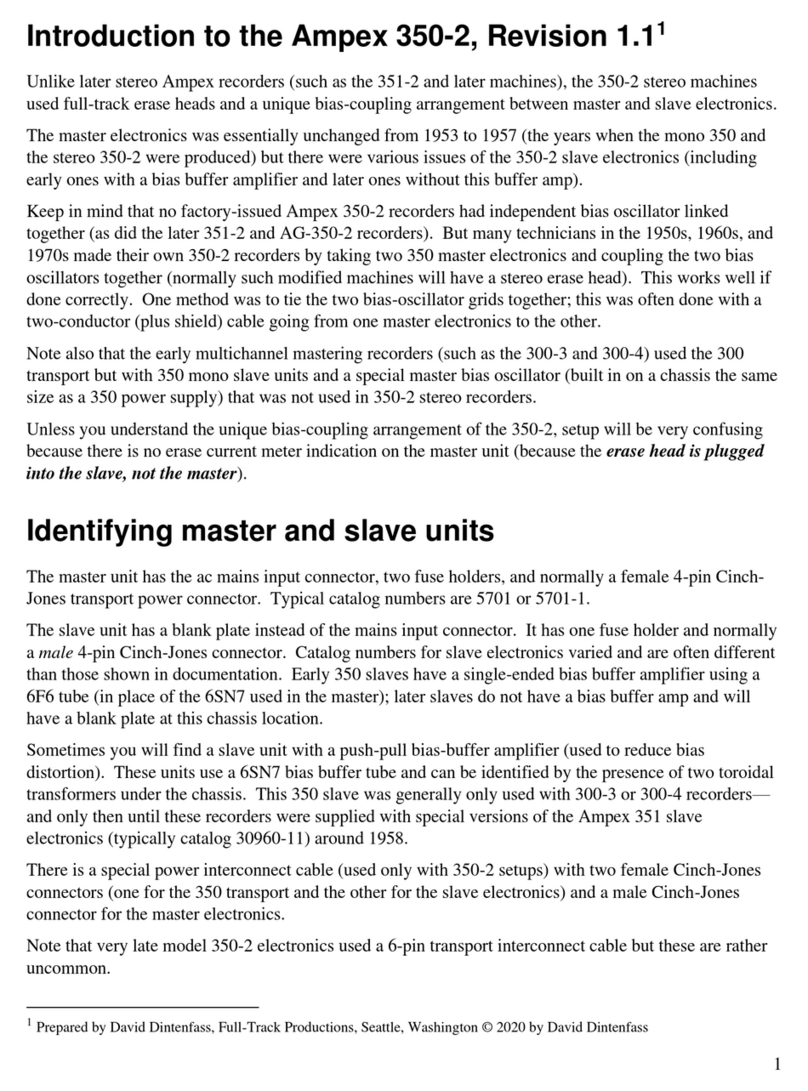
Ampex
Ampex 350-2 Reference manual

Ampex
Ampex 300 User manual
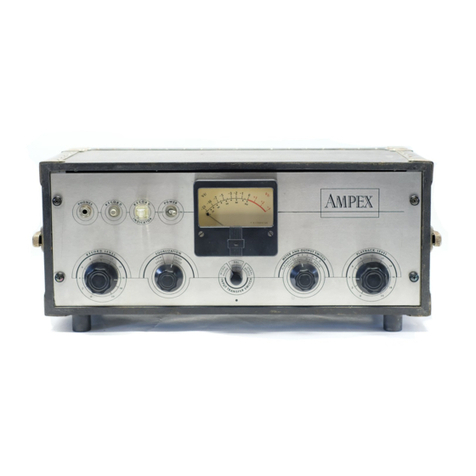
Ampex
Ampex 351 Series User manual
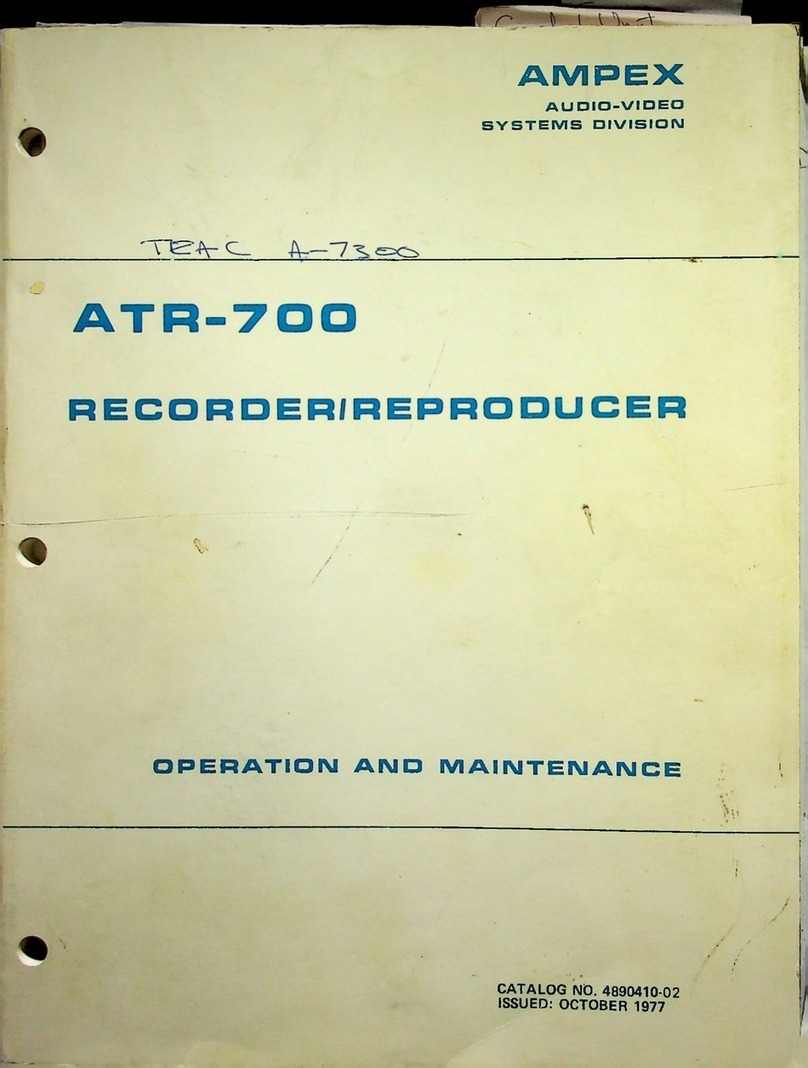
Ampex
Ampex ATR-700 User manual

Ampex
Ampex AG500 User manual

